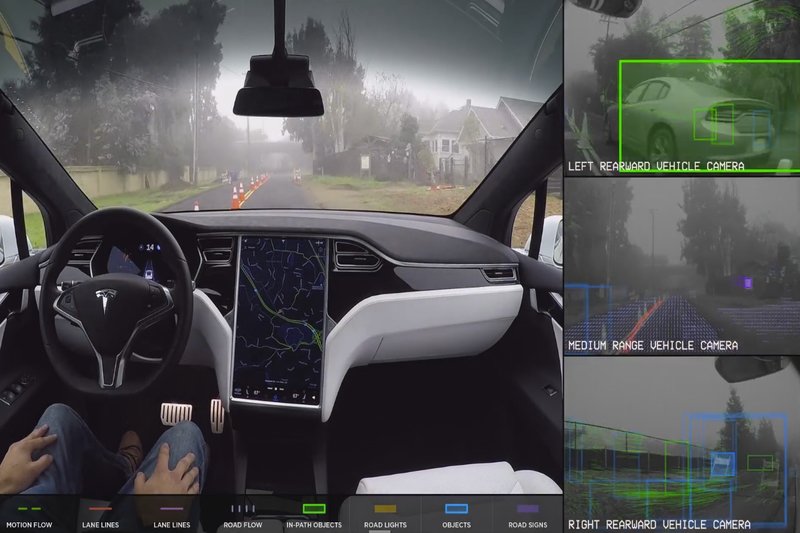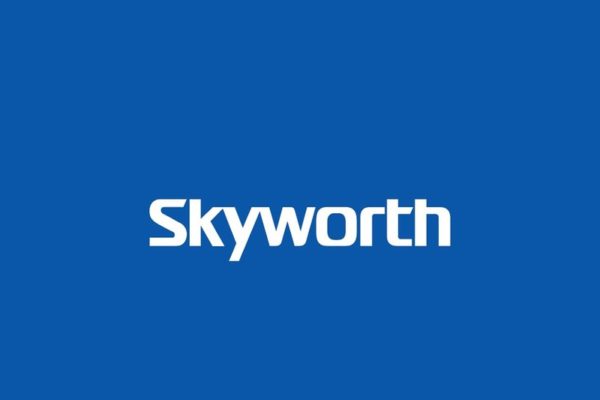This year’s Consumer Electronics Show (CES) in Las Vegas was overrun by exhibits showcasing the latest developments in the field of autonomous cars. Among the mix were almost all of the major car manufacturers, each offering a unique insight into the future of private transport. Honda unveiled their autonomous concept car, the NeuV. Designed specifically for ride-sharing, the NeuV can be programmed to ferry passengers when not in use, sell excess electricity back to the grid, and make parking and refuelling payments without its passengers ever having to exit the vehicle. In partnership with NVIDIA, Audi is looking to introduce its level 3 autonomous cars by the end of the year. Audi’s cars will be using the NVIDIA DRIVE computing platform – a platform that utilises deep learning AI to navigate its environment. Alternatively, Nissan boasts the use of Seamless Autonomous Mobility (SAM), navigational software adapted from the technology used by NASA to drive its Mars Rover. Nissan believes SAM’s competence in navigating foreign environments will be a vital asset in reaching level 5 autonomy. Baidu announced a partnership with BAIC to develop a level 3 autonomous vehicle, set to begin testing by year end. Towards the more fantastical, Faraday Future unveiled their ultra-futuristic concept car, the FF 91. Whilst impressive looking, the FF 91 is only a concept car and unlikely to be a serious contender in the race to full autonomy. On the user interface front, Ford has partnered with Amazon to bring Amazon Echo into their cars. Ford owners will be allowed to browse their music libraries, order items on Amazon, and operate a number of other Echo features from the convenience of their car. Nissan and BMW have instead opted to partner with Microsoft, employing its virtual assistant Cortana, whilst Hyundai have chosen to use Google Home. In terms of hardware technology, Velodyne, a leading maker of LiDAR, told Consumer Reports that they expect demand for LiDAR systems to explode over the next few years from just a few thousand units sold today to millions of units in the near future.
Perhaps the most significant development since the KIS Autonomous Cars Research Paper has been the movement of Alphabet’s driverless cars project to its own separate entity – Waymo. Waymo stands for the way forward in mobility, and is set to be a wrecking force in the world of driverless cars. At CES, the company unveiled its partnership with Fiat Chrysler to release a fleet of 100 Chrysler Pacifica hybrid minivans, set to begin testing next month. Waymo also announced the creation of its own sensor package to be bundled with its driverless software. By packaging these two critical components, Waymo creates an affordable self-driving technology platform that can be easily licensed to different carmakers. With the hardware components of driverless cars set to be commoditised, this will likely prove to be a smarter business model than manufacturing cars. According to Tech Crunch, Waymo claims its sensors perform better in terms of resolution, sensing distance and accuracy than compared to previous sensors used.
Testing seems to be progressing well at Waymo, with CEO John Krafcik recently reporting a decrease in disengagement rates across their vehicles. Disengagements refer to events in which human testers need to take control of their vehicle to either avoid an accident or respond to technical difficulties. In 2015, Waymo recorded 341 disengagements translating to 0.8 disengagements per 1,000 miles driven in California. This ratio fell to just 0.2 in 2016. This was leagues ahead of their closest rival Volkswagen who recorded 17.4 disengagements per 1,000 miles driven. Tesla Motors was the only company not to report their figures. Whilst these results are by no means a conclusive assessment – for one, the disengagement metric may be measured differently from company to company – it does suggest Waymo’s autonomous capability exceeds that of its competition. This should come as no surprise given the substantial amount of test data collected by the company. Waymo recently passed 2 million miles in on-road testing, spending the equivalent of 300 years of driving time on the road. This is before including the over one billion miles of simulation testing undergone in 2016 alone. Comparatively, Tesla have collected a staggering 222 million miles worth of real-world data. If you include data collected whilst autopilot is in shadow mode, this figure climbs to 1.3 billion miles. There is, however, a caveat to these figures in terms of data quality. Waymo’s real-world data is composed of fully autonomous driving, mostly in suburban areas. By comparison, Tesla’s 222 million miles of data would consist largely of semi-autonomous miles on comparatively less difficult highways. Nevertheless, this is a substantial amount of data.
It’s hard not to get excited after watching the above video from Tesla. Whilst there are some blemishes (which Tesla mischievously hide by speeding up the video) the technology is undeniably impressive. Recently, Tesla’s CEO Elon Musk announced the rollout of HW2 autopilot software to all Tesla models sold from October 2016. These new models feature more advanced autopilot hardware, including a new forward-facing radar as well as an upgraded on-board computer with 40 times the processing power of its previous-generation counterpart. The HW2 software will be rolled out in shadow mode to all but 1,000 cars initially and, if all goes well, then switched to active mode in the remaining vehicles. According to the Verge, Tesla’s goal is to enable a fully autonomous trip from Los Angeles to New York by the end of the 2017.
…AND THEN THERE WERE TWO
The relationship between data collection and regulatory approval is perhaps the most overlooked factor in the race to full autonomy. In September 2016, The U.S. Department of Transportation released their Federal Automated Vehicles Policy as agency guidance to help streamline the delivery of initial regulatory framework. The policy suggests that entities would be required to submit a “Safety Assessment” report before approval for deployment. The report would cover a range of areas from system safety to consumer education and training. A critical component of assessing system safety would be the collection of data surrounding software performance. For approval, companies would need to provide conclusive empirical evidence demonstrating the capability of their software, with a preference for real-world test data over simulation data. Accumulating this data is by no means a small feat, requiring years of on-road testing across millions of miles and under a multitude of different conditions. This creates an obvious discrepancy between the time-cost of collecting this data and the goal of profitability – closely linked to being first-to-market. As previously mentioned, Waymo and Tesla appear to be clear frontrunners in real-world data collection. Given that Tesla is a car manufacturer, they are unlikely to license their autonomous software to competing companies in the near future. Furthermore, Tesla’s ability to manufacture cars at a cost level that makes economic sense for ride-sharing is, at best, questionable – somewhat ruling Tesla out of taking a meaningful piece of the ride-sharing market. As a technology company, Waymo’s business model offers far more flexibility. Whether it be a high-end sports car or a mass-produced ride-sharing vehicle, Waymo’s business model allows the company to target a larger portion of the market without the substantial extra cost of designing and manufacturing the vehicle. In particular, its ability to license its software to a low-cost car manufacturer will be crucial in capturing the ride-sharing market. Any significant time gap in regulatory approval between Waymo and its competitors creates a sort of prisoner’s dilemma, whereby car manufacturers are forced to offer their services for marginal profitability or risk missing out on a piece of the market entirely. Given its substantial lead in accumulated data, and the necessity of that data in assessing system safety, it seems Waymo is the clear frontrunner in the race to full autonomy.




